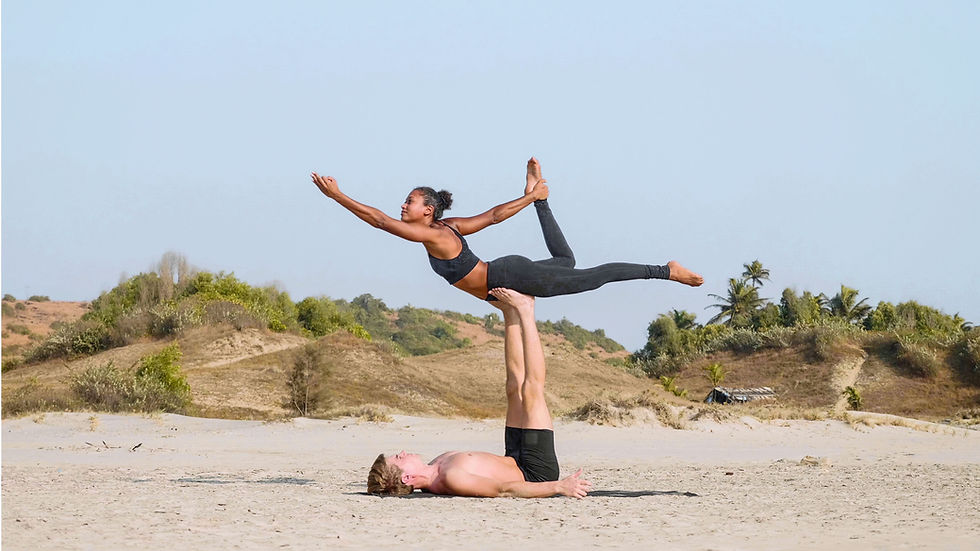Diagnosing Hypermobility In Your Students
- melbone82

- Jan 1, 2022
- 2 min read
I'm hypermobile....meaning REALLY flexible. People tend to call this "double-jointed". Hypermobile people are born this way. It's a genetic condition that makes our fascia (connective tissue including skin, cartilage, ligaments, tendons, muscles) lack structure, creating the opportunity for a large degree of mobility in our joints, skin, and at times, our organs.
Childhood tends to be okay, but by the time we get into our twenties or start doing any highly strenuous activity or sport...injuries and chronic pain begin to occur because hypermobile people frequently end up using superficial muscles and tension to support themselves instead of deeper muscles and their skeleton.
I recently realized that one of my beginner trombone students is hypermobile because she struggles with holding her instrument correctly. She was over-tightening her left hand in a type of claw to create a sense of strength and stability. Hypermobile people do this ALL the time, tightening muscles to find a false sense of strength. We either look pretty tense or really slack....or both at the same time. Too tense in one part of our body and too slack somewhere else.
Teachers/Coaches: please LOOK at and truly SEE your students. You can see the affects of hypermobility in high achievers, middling, or students we may have written off a long time ago as "lazy" or slow learners. All too often, students give up on themselves if they don't experience success early enough in the learning process, so they seem to us as lazy or if they don't care. Now couple that with not having a fundamental understanding and awareness of their bodies and it's no wonder they've given up.
If the student is young enough with habits that aren't too ingrained, we can change the course of a child's life by:
1. Realizing a student is hypermobile.
2 Bringing their awareness to their bodies.
3. Helping find new ways of mitigating for their hypermobility and preventing chronic pain and injury for a lifetime.
I realized much later in life about my hypermobility and how to help myself heal from past injuries and stop experiencing chronic pain and discomfort. It's easiest to change habits as early as possible, but if you're a hypermobile adult in pain, it's never too late to get help and change your life.
Please reach out to me if you're seeking answers and help with chronic pain and injury from hypermobility.



Comments